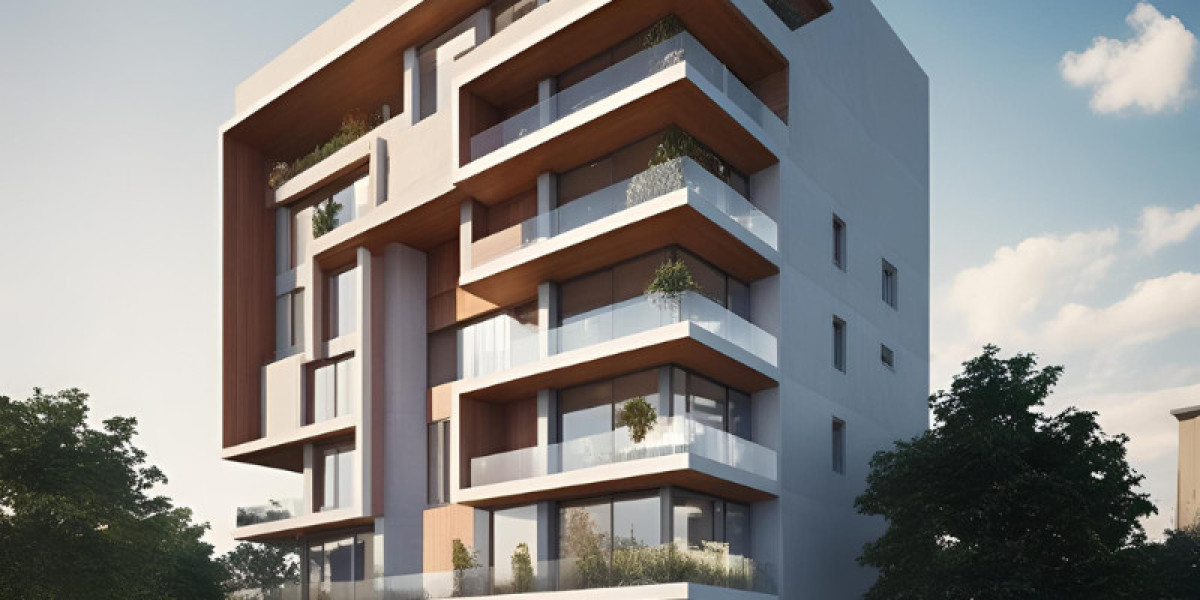Architectural 3D rendering is a powerful tool that seamlessly blends creativity with technical precision, allowing architects, designers, and clients to visualize concepts and plans in a highly detailed, lifelike manner.
This innovative process takes blueprints and transforms them into stunning, photorealistic visualizations, offering a glimpse into the future of any space before the first brick is laid. Whether for residential, commercial, or urban design, 3D renderings provide an unparalleled understanding of proportions, lighting, materials, and textures, helping to bring an idea to life long before construction begins.
By merging the art of design with cutting-edge technology, architectural 3D rendering creates a bridge between imagination and reality.
The Evolution of Architectural Visualization
Architectural visualization is the way architects show their ideas. A long time ago, people used hand drawings to show what buildings would look like. These drawings were made with pencils, ink, and paint. They took a lot of time and skill to make. Even though they were beautiful, they could not show every detail clearly.
Later, with the invention of computers, things started to change. In the 1980s and 1990s, architects began using computer programs to create digital drawings. These were faster to make and easier to change. Soon, 2D drawings became 3D models. This helped people see what a building would look like from all sides.
As technology improved, 3D visualization became even more realistic. Architects started using software like AutoCAD, SketchUp, and later, advanced tools like 3ds Max and Revit. These programs allowed them to add colors, textures, and even lighting effects to their models.
Today, architectural visualization is very advanced. We now have virtual reality (VR) and augmented reality (AR), where people can "walk" through a building before it is even built. Photorealistic renders make it hard to tell if an image is a photo or a computer model.
In the future, technology like artificial intelligence (AI) and real-time rendering will make the process even faster and more creative. Architectural visualization has come a long way, helping architects share their dreams more clearly and excitingly with the world.
Imagination in Architectural Rendering
Imagination plays a very important role in architectural rendering. Architectural rendering is the process of creating images that show how a building will look once it is built. These images help people understand the design before construction starts. Imagination helps architects and artists create renderings that are not just technical but also beautiful and inspiring.
With imagination, an artist can show more than just walls and roofs. They can create a mood, a feeling, or even tell a story. For example, adding sunlight, trees, and people to a scene can make a simple building look warm and alive. Imagination allows the artist to think about how the space will be used and how people will feel in it.
Sometimes, imagination is needed to fill in the gaps. A project might not be fully designed yet, but a good rendering can still show a complete and exciting vision. Creative thinking helps to show possibilities that are not clear in plans and blueprints.
Modern tools like computer software make it easier to use imagination in rendering. Artists can add colors, textures, and lighting effects that make the image look real and attractive. However, even the best tools need a creative mind behind them.
Precision in Architectural Rendering
Precision is very important in architectural rendering. Rendering means creating realistic images of buildings before they are built. It helps architects, designers, and clients see what the final project will look like. To be useful, these images must be very accurate.
Precision in rendering means showing every detail exactly as it is planned. The size of windows, doors, walls, and even small decorations must match the real design. Colors, materials, and lighting should also look true to life. If a rendering is not precise, it can cause problems later. Builders might misunderstand the design, and clients might be unhappy when the real building looks different from the image they were shown.
Modern technology helps a lot with precision. Software like AutoCAD, Revit, and SketchUp allows architects to create very detailed models. These programs can measure everything carefully, making sure nothing is missed. 3D rendering software like V-Ray and Lumion adds realistic lighting, textures, and shadows, making the images even closer to reality.
Precision also builds trust. When clients see a detailed and accurate rendering, they feel more confident about the project. It also helps architects and engineers work better together because everyone is looking at the same clear plan.
The Process: From Concept to Final Render
Creating a final render starts with a simple idea, called the concept. This is the first and most important step. The artist thinks about what they want to create — it could be a character, a building, a scene, or anything else. They often make sketches or write notes to capture their first thoughts.
Next, the artist works on the design. They add more details, choose colors, and decide what the final piece should look like. This stage is important because it helps avoid mistakes later.
After the design is ready, the modeling phase begins. If the project is 3D, the artist builds the shapes and forms using special software. For 2D projects, they create detailed drawings. Texturing comes next — this means adding colors, patterns, and small details to make the model look real.
Then, lighting is added. Good lighting makes everything look better and helps tell the story. The artist also sets up the camera angles to show the best view of the scene.
Finally, it’s time to render. Rendering is the process where the computer creates the final image. It can take minutes or even hours, depending on how complex the project is.
Once the render is complete, the artist might do some final edits, like fixing small mistakes or adjusting colors. After that, the final piece is ready to share with the world!
The Final Note
Architectural 3D rendering has transformed the way we imagine, design, and build spaces. By blending creativity with precision, it allows architects and designers to share their visions clearly and beautifully.
From hand-drawn sketches to today’s photorealistic and immersive virtual experiences, architectural visualization has come a long way. Imagination brings warmth and life to designs, while precision ensures every detail is accurate and trustworthy.
As technology continues to advance with tools like AI, VR, and real-time rendering, the future of architectural rendering promises to be even more exciting. It will continue to bridge the gap between ideas and reality, helping us to create better, more inspiring spaces for the world.






